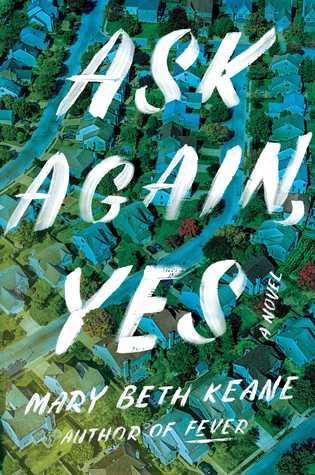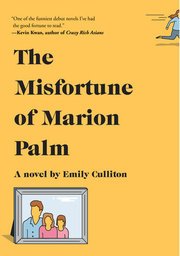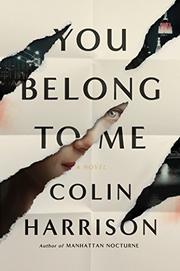The Grammarians Cathleen Schine (2019)
In the esoteric reaches of English language studies, a debate rages. Should there be unwavering standards for English writing and speech, or should we let the language take its own course and change with it? I’ve oversimplified, certainly, this battle between the prescriptivists and the descriptivists, but I live with it every day in my own house, since I’m a moderate descriptivist who is married to an extreme prescriptivist. My husband gets nearly apoplectic at “wrong” usage of a past participle or a comma. In his defense, he’s just adhering to the principles we’ve both learned from Fowler’s Modern English Usage and The Chicago Manual of Style. Really, any guide to current grammar or usage or definitions is inherently prescriptivist, since it’s setting criteria of reference.
In Cathleen Schine’s novel The Grammarians, the prescriptivist/descriptivist debate causes a dramatic rift between the identical twin sisters Laurel and Daphne. The girls grow up in the 1960s loving words, inventing a language to speak to each other, and actually trying to take Webster's New International Dictionary, Second Edition to bed with them. They are always keenly competitive, but as they make their way in the adult world of 1980s New York City, their paths diverge, with one becoming a free-wheeling poet and one a columnist famed for her prescriptivist pronouncements.
The rantings on both sides are witty, sparking this short novel along after a few slower-moving initial chapters. I was taken with some of the comparisons. For example: “[The renowned grammarian] Fowler, gallant and chivalrous, call[ed] for the rescue of words that were ‘cruelly used’! As if they were running into the fog, shivering on the London streets, clutching pitifully at their thin shawls” (182)
One twin believes that “’there is no standard English, language keeps changing. And to understand language and teach it, you have to know what is actually spoken.’” (209) Later in the book she decides that “even the dictionary is arbitrary, trying to capture contingency, to enchain syllables, to lash the wind.” (234)
The other twin says of her estranged sister, “The last time we spoke she called me a prescriptivist! You know what that is? A person who cares about proper language usage. A person who cares about the rules of grammar.” (217)
Yet, in the face of the loss of a loved one, the prescriptivist sister laments: “There were no words for what she felt, the depth of the emptiness, the breadth of the emptiness, the emptiness of the emptiness. Words could only cloak what she felt. Words were supposed to illuminate and clarify. Words were meant to communicate information and feelings from one person to another. But today words stood numb and in the way.” (238)
The grammatical division between the twins clashes with their identicalness. But I think that when the novelist assigns these two opposing viewpoints to identical twins she may be pointing to the way that prescriptivism and descriptivism are two panels of a diptych. Rules and regulations help us all to have common ground in understanding exactly (not approximately) what others are speaking or writing. And acceptance of change in language is also inevitable. That’s why we don’t all speak and write the way Chaucer did in the fourteenth century!




























